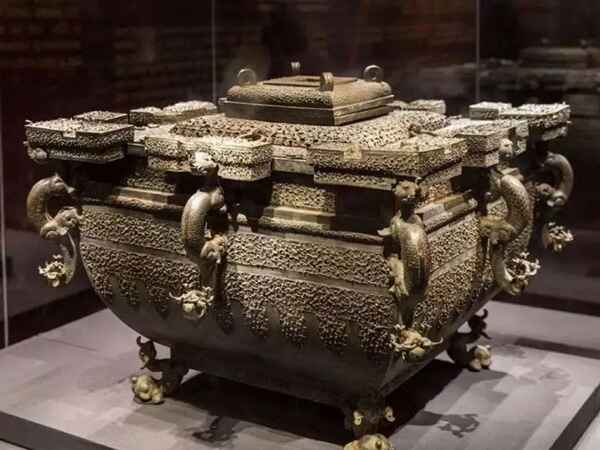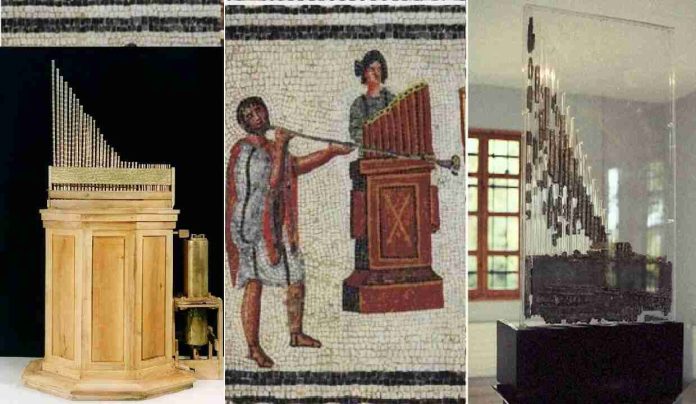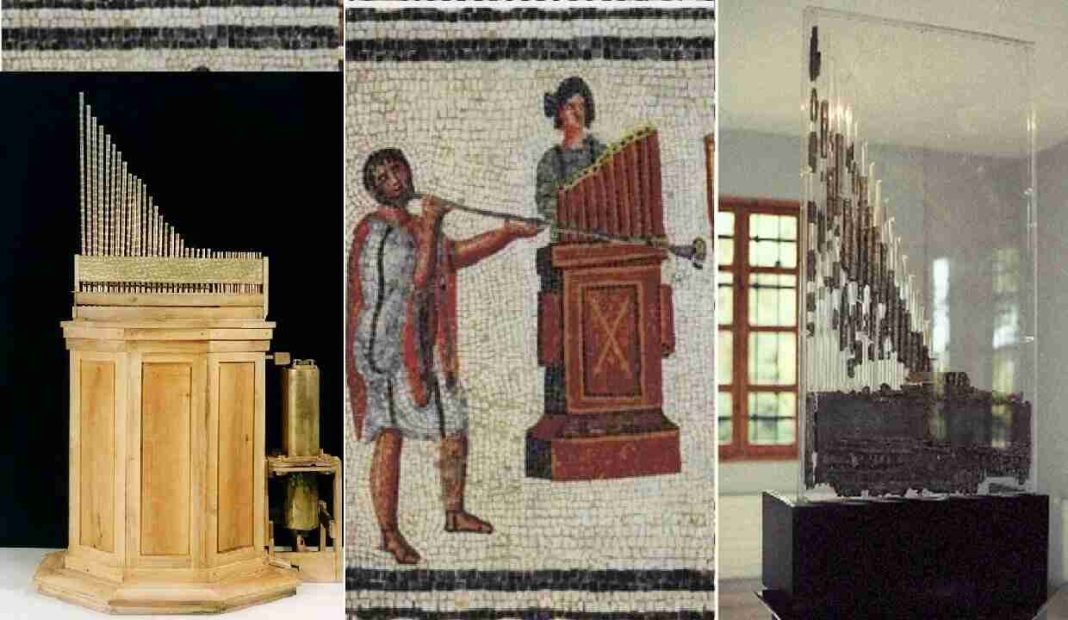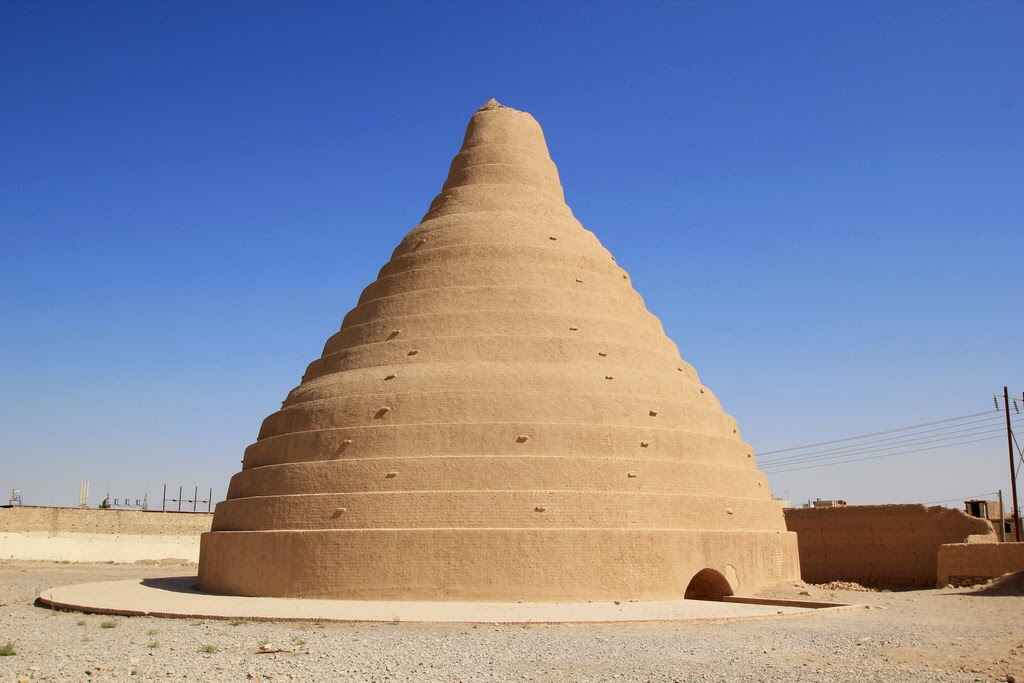In the heart of ancient China, long before modern technology, there existed a marvel of innovation: the Jian. This ancient refrigerator was more than a tool—it was a symbol of luxury, engineering brilliance, and cultural significance. Designed to keep food and drink cool in the sweltering summer heat, the Jian’s ingenious construction has influenced refrigeration practices for centuries. Discover the secrets of how this revolutionary invention not only transformed daily life in ancient China but also left a lasting impact on the world.
The Ingenious Invention of the Jian
The story of human innovation is rich with examples of ingenuity and adaptability, and one of the most fascinating yet lesser-known examples is the ancient Chinese refrigerator known as the Jian. Long before the advent of modern refrigeration, the Chinese had already developed a sophisticated method for preserving food and keeping drinks cool, a necessity in a time when the summer sun could turn perishable goods into waste within hours.
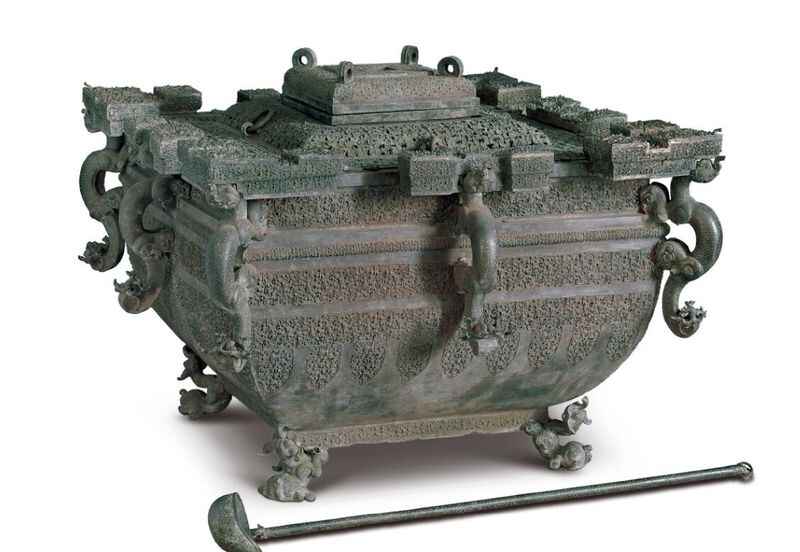
The Jian, often referred to as an ancient Chinese refrigerator, was not merely a box or a chest as one might imagine today. It was an ingenious system that utilized natural materials and the knowledge of thermal dynamics, centuries before such concepts were formally recognized in science. The origins of the Jian can be traced back to the Zhou Dynasty, which ruled from around 1046 to 256 BCE. During this period, the Chinese elite sought ways to enjoy cool drinks and preserve food, particularly in the heat of summer. The Jian was their solution.
Constructed from bronze, the Jian was essentially a large, double-walled container. The space between the walls was filled with ice, which was harvested during the cold winter months and stored meticulously in underground pits or specially designed icehouses. This ice was then used to cool the interior chamber of the Jian, where food and drink were placed. The thick walls of the Jian, along with its carefully designed lid, helped to maintain the cold temperature inside, slowing the melting of the ice and extending the preservation period of its contents.
In the context of ancient Chinese society, the Jian was more than just a practical tool; it was a symbol of status and wealth. Only the most affluent members of society could afford the luxury of owning a Jian, and it became a centerpiece at banquets and gatherings, where it was used to serve chilled wine and delicacies to impressed guests.
The Origins and Invention of the Jian
The origins of the Jian are deeply intertwined with the history of ancient Chinese civilization, where the quest for preserving food and drink led to remarkable innovations. The earliest records of the Jian date back to the Zhou Dynasty, a period marked by significant advancements in metallurgy, agriculture, and statecraft. As the Zhou rulers consolidated their power across vast territories, they also fostered a culture of refinement and luxury, which included the art of food preservation.
The Jian emerged as an essential tool in this context, born from the necessity to preserve the abundant harvests and to ensure that food could be enjoyed fresh, even in the sweltering heat of summer. It was during the reign of King Wu, the founder of the Zhou Dynasty, that the first prototypes of the Jian began to appear. These early versions were simple, yet effective, utilizing bronze—a metal that the Chinese had mastered the art of crafting. The choice of bronze was not accidental; it was a material revered for its durability and its ability to retain cold, making it ideal for the construction of these ancient refrigerators.
As the Zhou Dynasty progressed, so too did the design of the Jian. Artisans and engineers began to refine its structure, experimenting with different shapes and sizes to maximize its cooling efficiency. The Jian evolved from a basic container into a more complex, double-walled vessel, with a carefully designed lid to minimize heat exchange. By the time of the Eastern Zhou period, the Jian had become a symbol of technological prowess, reflecting the sophistication of Chinese society at the time.
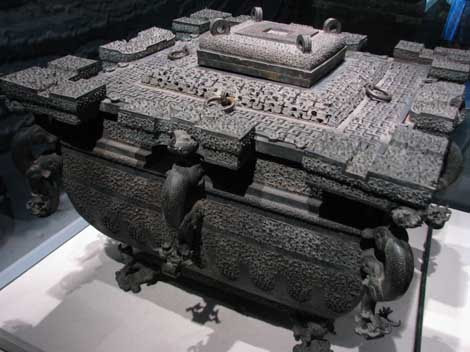
The invention of the Jian did not occur in isolation. It was a product of a broader cultural and technological movement, where the understanding of natural elements—such as ice, metal, and temperature—was applied in innovative ways. The Jian represents a convergence of science and culture, a testament to the ingenuity of ancient Chinese civilization.
How the Jian Worked: A Mastery of Ancient Chinese Engineering
The Jian was more than just a symbol of luxury; it was a remarkable feat of engineering that demonstrated the ancient Chinese mastery over their environment. To understand how the Jian worked, one must first appreciate the principles of heat transfer and insulation—concepts that were intuitively understood by the artisans of the time, even if not formally articulated in scientific terms.
At its core, the Jian operated on the principle of insulation. The vessel’s double-walled construction was key to its effectiveness. The outer wall, made from thick bronze, acted as a barrier against external heat, while the inner chamber housed the food and drink. Between these two walls, ice was packed tightly, often harvested in large blocks during the cold winter months. This ice would gradually melt, but the process was significantly slowed by the Jian’s design, which minimized the amount of heat that could penetrate the vessel.
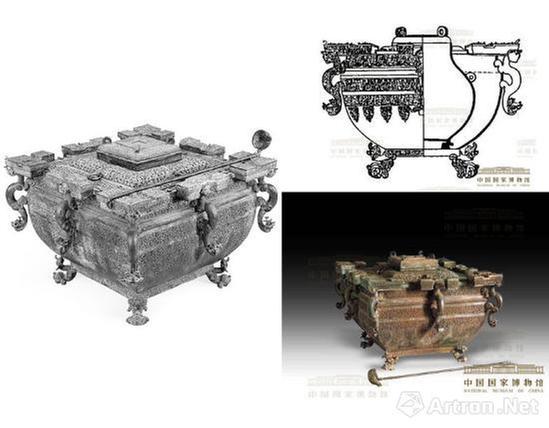
The Jian’s lid, often elaborately decorated, was not merely an aesthetic feature. It was carefully crafted to fit snugly, reducing the exchange of warm air from the outside with the cool air inside. This attention to detail ensured that the cold temperature within the Jian was maintained for extended periods, allowing food and drink to remain fresh and cool even in the height of summer.
The functionality of the Jian extended beyond mere preservation. It was also used to chill beverages, particularly wine, which was a favored drink among the Chinese elite. The ability to serve chilled wine at banquets was not just a matter of convenience; it was a display of power and wealth, showcasing the host’s control over nature and their mastery of advanced technology.
This ancient Chinese refrigerator, the Jian, was thus a marvel of practical design and cultural significance, reflecting the ingenuity and sophistication of a civilization that understood the value of preserving not just food, but also the pleasure of a well-prepared meal.
Comparison with Other Ancient Refrigeration Methods
The Jian, while a remarkable innovation in its own right, did not exist in a vacuum. It was part of a broader landscape of ancient refrigeration techniques that spanned various civilizations across the globe. To fully appreciate the uniqueness of the Jian, it’s essential to compare it with other methods developed around the same time.
In Persia, for instance, the ancient ice houses known as yakhchals were monumental structures, designed to store ice and food in the arid deserts. These domed buildings, made of mud bricks, utilized evaporative cooling to maintain low temperatures within their thick walls. The ingenuity of the yakhchals lay in their ability to harness the principles of thermodynamics, much like the Jian, albeit on a larger and more communal scale.
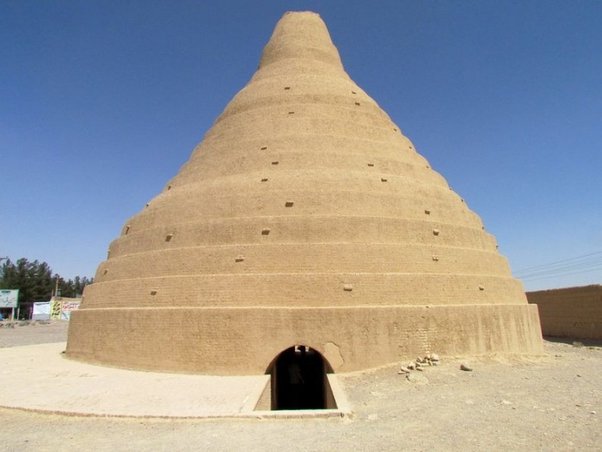
Similarly, the ancient Romans had their own methods of preserving perishables, using pits filled with snow and straw to slow down the melting process. Roman elites, much like their Chinese counterparts, took pride in serving chilled wine during their lavish banquets. However, unlike the portable and elegantly designed Jian, these methods were less refined and often required large quantities of natural resources to be effective.
What sets the Jian apart is its combination of portability, efficiency, and cultural significance. The ingenuity of ancient civilizations in developing technologies that harnessed natural forces is a recurring theme throughout history. Just as the ancient Chinese used the Jian to master refrigeration, other cultures made similar strides in different fields. For instance, the mysterious Baghdad Battery, an ancient artifact believed by some to be an early form of electrochemical cell, showcases the advanced understanding of electricity that existed long before modern science. These ancient innovations, like the Jian and the Baghdad Battery, offer us a glimpse into the sophisticated technologies that shaped early human societies.
Unlike the massive and stationary yakhchals, the Jian was a compact, mobile unit that could be used both in the home and during travel. This portability allowed the Chinese elite to enjoy the luxury of cooled beverages and preserved food wherever they went, a privilege that was not easily attainable in other cultures.
Moreover, the Jian was not just a utilitarian device; it was a work of art. Often intricately decorated, it reflected the aesthetic values of the time, serving as both a practical tool and a status symbol. The contrast between the Jian and other ancient refrigeration methods highlights the distinct technological and cultural advancements of ancient China, where innovation was as much about enhancing daily life as it was about expressing social hierarchy and sophistication.
Frequently Asked Questions (FAQs)
1. What was the first ancient refrigerator?
The Jian, an ancient Chinese refrigerator, is considered one of the earliest forms of refrigeration, used during the Zhou Dynasty to preserve food and cool beverages.
2. What is the oldest refrigerator?
The Jian is among the oldest known refrigerators, dating back to the Zhou Dynasty in ancient China, around 1046 to 256 BCE.
3. Who invented the first refrigerator?
The Jian was developed by ancient Chinese artisans during the Zhou Dynasty, showcasing their advanced understanding of metallurgy and thermal dynamics.
4. How was ice stored in ancient China?
In ancient China, ice was harvested during winter and stored in underground pits or icehouses. It was later used in the Jian to cool food and drinks.
5. How did the Jian influence modern refrigeration?
The Jian’s principles of insulation and ice storage influenced the development of refrigeration techniques over centuries, laying the groundwork for modern cooling technologies.
Legacy and Modern Influence of the Jian
The legacy of the Jian extends far beyond its use in ancient China; it represents a foundational step in humanity’s ongoing quest to control and preserve the natural world. As centuries passed and new technologies emerged, the principles embodied by the Jian found new expressions in different cultures and times, influencing the development of modern refrigeration.
In the centuries following the Zhou Dynasty, the use of the Jian and similar devices spread throughout China, becoming more refined and widespread as metallurgical techniques advanced. The basic concept of using insulated containers to store ice remained a constant, but the materials and designs evolved. By the time of the Han Dynasty (206 BCE – 220 CE), the Jian had become more than just a tool of the elite; it had filtered down to more affluent segments of society, marking the beginning of what could be considered an early democratization of luxury.
The influence of the Jian on later refrigeration technologies is subtle but significant. Its design principles—insulation, the use of natural cooling agents like ice, and the focus on portable preservation—can be seen echoed in various innovations throughout history. In medieval Europe, ice was similarly stored in insulated cellars, a practice that bears a striking resemblance to the use of the Jian, though often on a larger, more communal scale. Even in the 18th and 19th centuries, as modern refrigeration technology began to take shape, the basic principles that had been perfected in the Jian continued to inform new designs.
The Jian also left an enduring cultural imprint. In China, the tradition of enjoying chilled foods and beverages during summer persisted, becoming an integral part of Chinese culinary culture. Even today, the concept of preserving freshness and quality through cooling is central to many traditional Chinese dishes, a culinary legacy that can be traced back to the ancient ingenuity of the Jian.
Use of Our Content
⚠️ Content on “Mystery Uncover” is protected under US and International Copyright Laws.
You are free to reuse, republish, and share our content by giving credit to the source as Mystery Uncover with a link to the original material on mysteryuncover.com.


